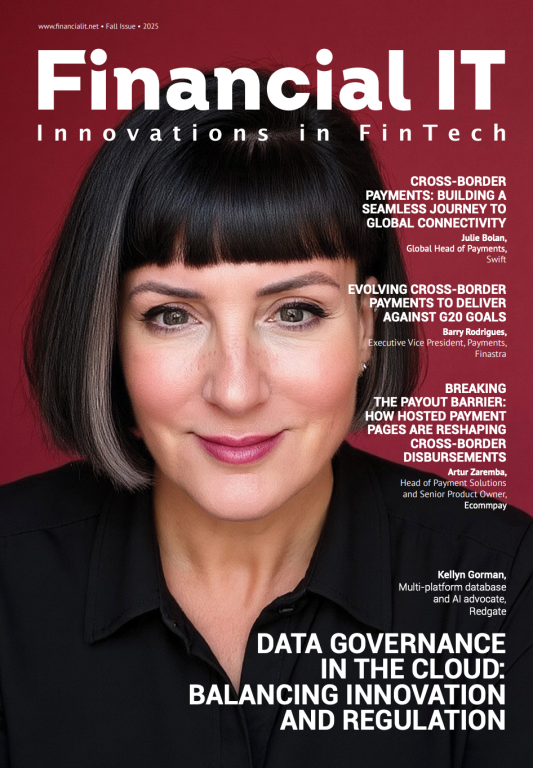Why Financial Institutions Must Rethink Open Banking to Flourish in the AI Economy

- Yuval Samet, CEO, co-founder at RiseUp
- 28.04.2025 10:15 am #OpenBanking #AIEconomy
Financial institutions have always struggled to realise the potential of open banking technology. On the surface, open banking offers a glimpse into the future of finance by enabling innovative products and services through secure data sharing, therefore boosting competition, and ultimately creating opportunities for businesses and customers alike.
Yet, when faced with the realities of the data available, many financial institutions struggle to see its value. The open banking data is often fragmented, integration cumbersome, and user experience inconsistent.
The intersection between open banking and AI is breaking down these barriers, and financial institutions have an incredible and timely opportunity to rethink how they leverage customer data. Those who stick to the old playbook and underinvest in open banking technology risk being left behind in the new AI economy.
Financial institutions need to build trust to unlock value
Access and analysis are the two key challenges financial institutions have always faced around customer data. Customers are happy to grant financial institutions access to their data when they get something in return. However, this requires institutions to build trust with their customers and offer clear value in return for their data, driving up costs and requiring significant resources.
AI can bridge this gap, and help financial institutions link customer data to their key business strategies. By integrating AI with open banking data, financial institutions can create hyper-personalised products for their customers.
For example, a bank can use this technology to give their customers instant insights into where they can get the best returns on their idle cash. This personalised touch encourages customers to use the service, generating more data, and creating a feedback loop which accelerates growth.
Customers quickly recognise the value of their data, and institutions can’t rely on the old customer playbooks to achieve this positive feedback loop. They need systems that deliver a mutually beneficial relationship.
Financial institutions can’t let themselves get held up by traditional thinking
Like with any radical shift in the financial landscape, it is disruptors that have a competitive advantage. They’re willing to move fast and focus on customer experience to gain market share. Institutions, often sluggish and caught behind the curve, take longer to adapt. When it comes to open banking, financial institutions rely on outdated models and inefficient processes compared to smaller disruptors.
To stay competitive, financial institutions must rethink open banking. AI should not be seen as an optional extra but as a core driver of business transformation. Financial institutions must act swiftly, making small, incremental changes that compound over time, positioning themselves to lead innovation.
Businesses need to stop thinking about AI as an extension of their business
Financial institutions were slow to recognise the potential of AI, and have now only begun investing in its potential as an extension of their business. Yet, to truly realise its potential, institutions need to stop thinking of AI as an extension of their business, but as the next stage in their evolution as a business.
If they haven’t already, leaders should stop everything they do for a few days and build their data and AI strategy. They need to start today, improve quickly and frequently, focus on customer value and transform the organisation in small baby steps that will compound quickly.
Leaders who adopt this approach can create a business model that will withstand competition from disruptors, and harness the power of customer data. Those who wait, and stick to the same playbooks, will be stuck playing catchup.



















